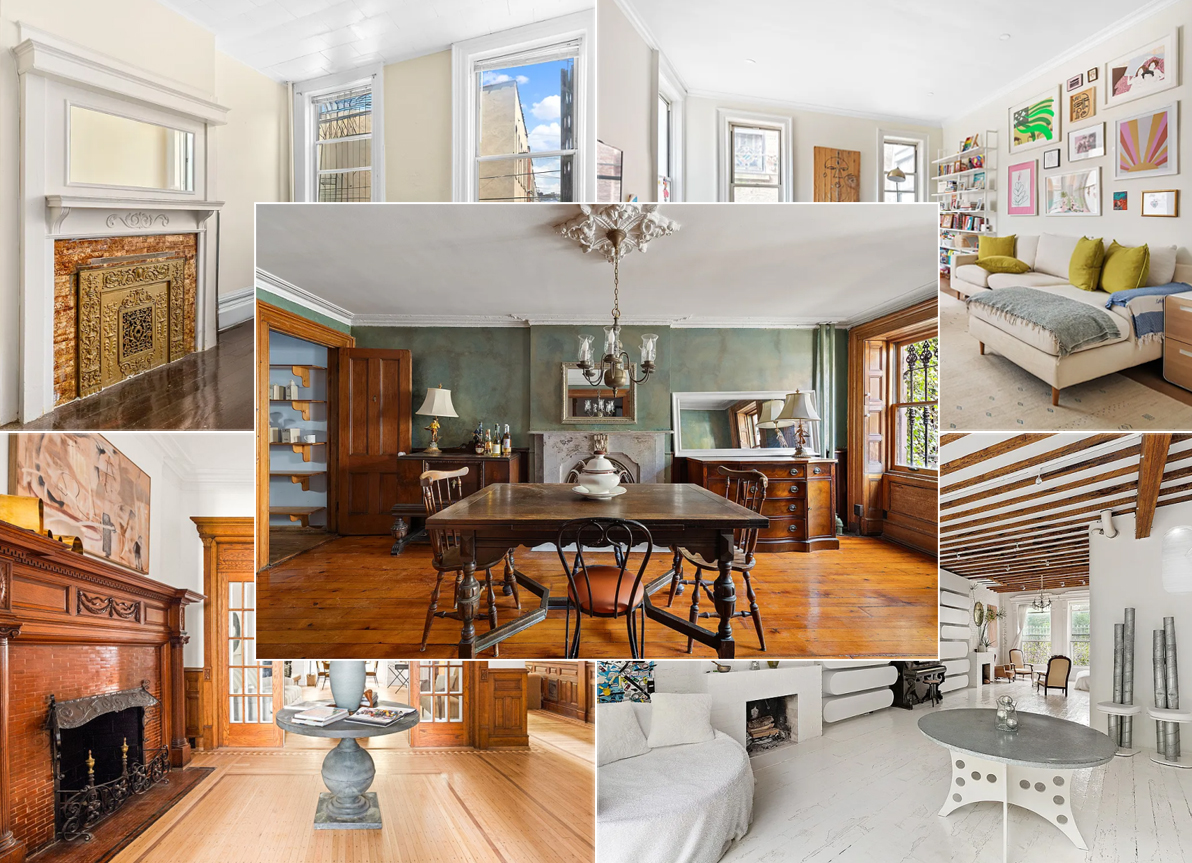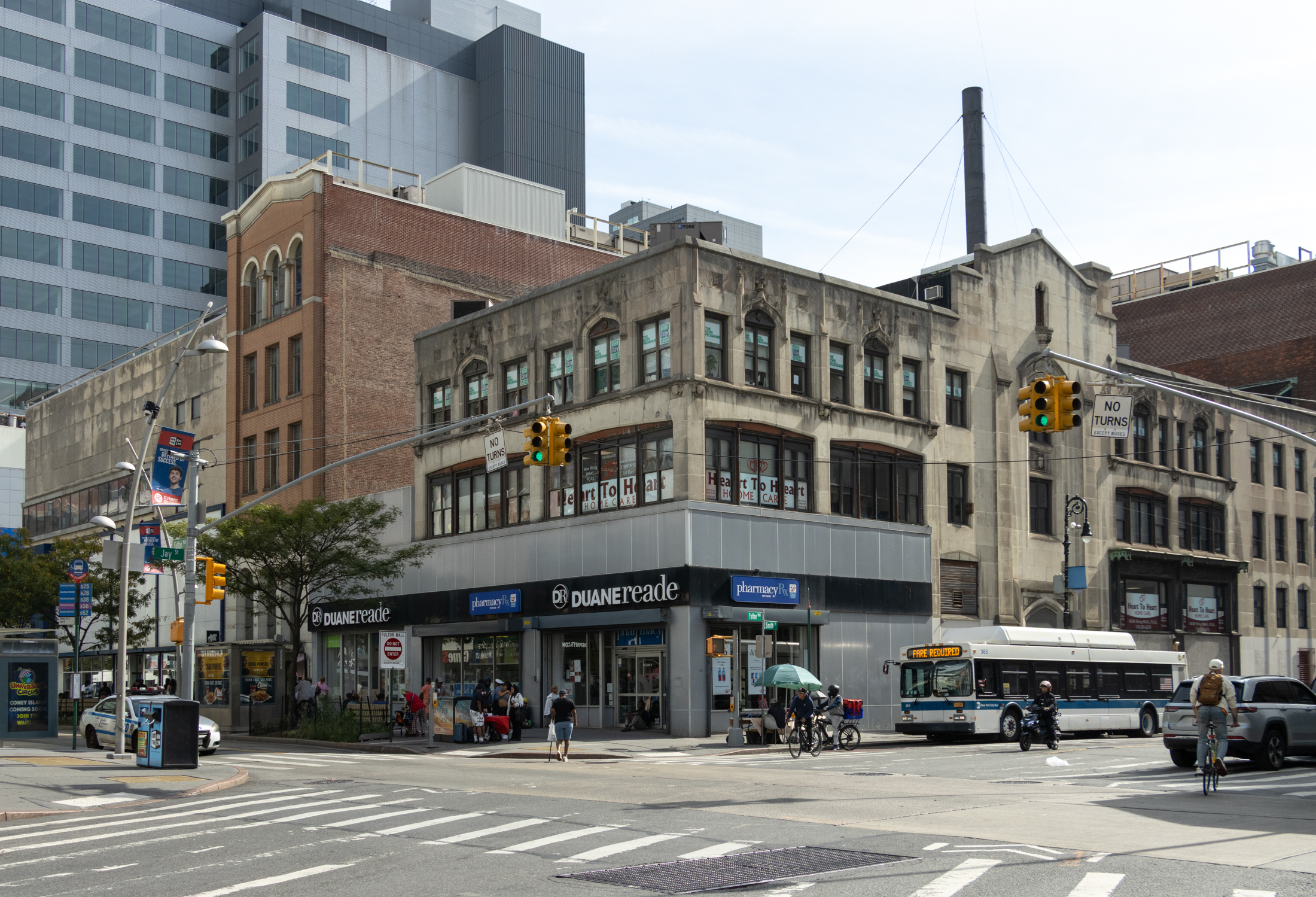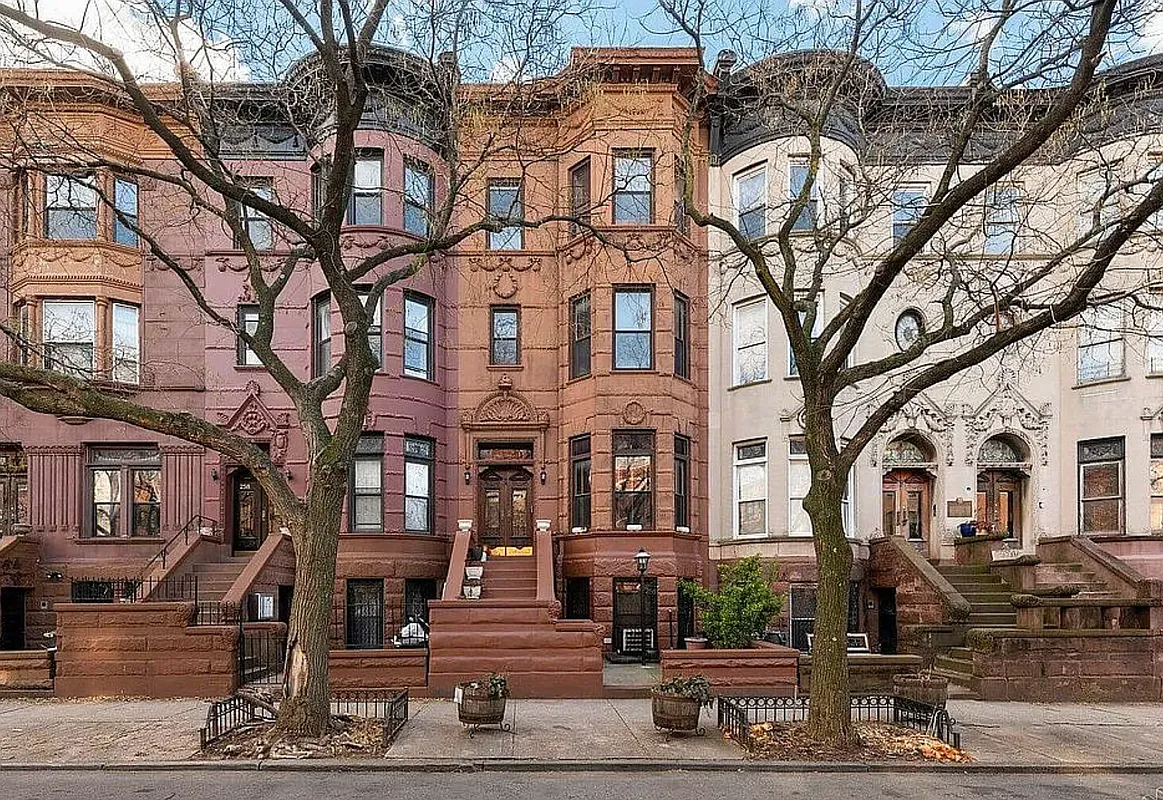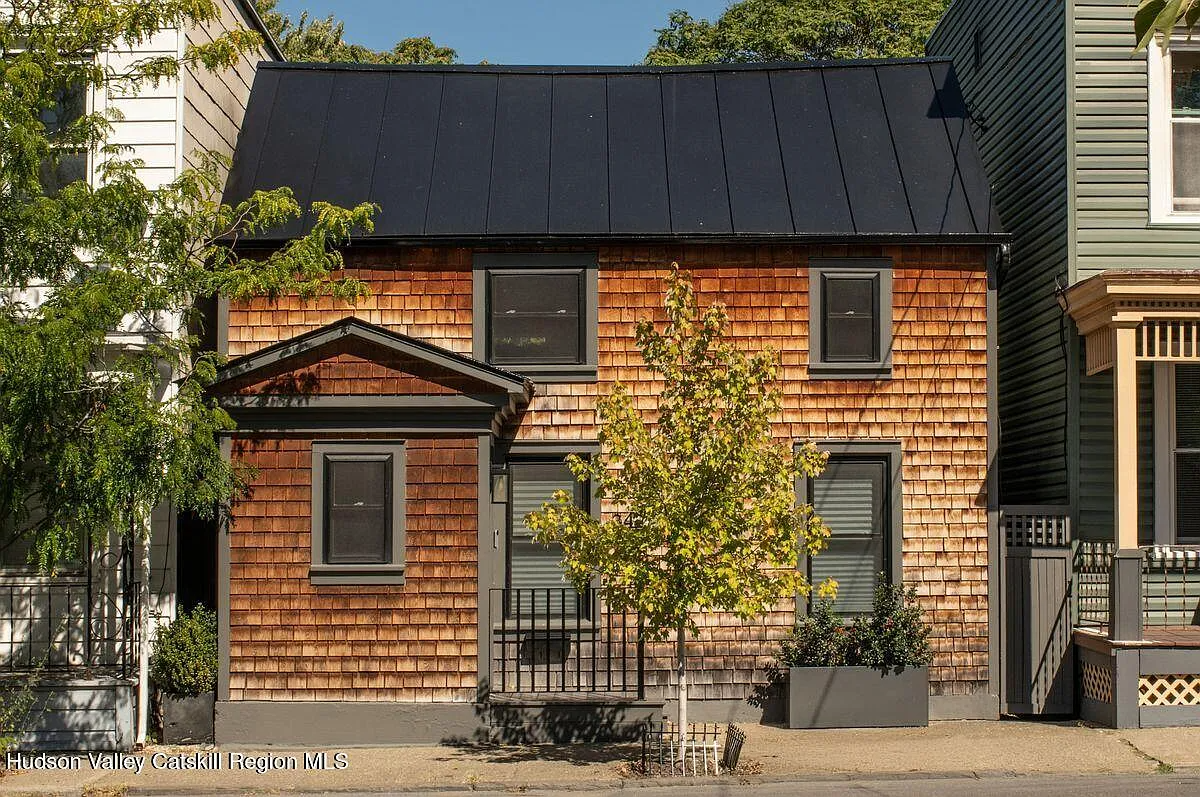Ratner Wins Another Round of Yards Lawsuits
Despite voicing uneasiness with some aspects of the case, an Appeals Court panel did not find enough evidence of improper conduct on the part of the ESDC to rule in favor of the 26 neighborhood groups challenging the Atlantic Yards project on the basis of the project’s “sham” environmental review. While the court did not…


Despite voicing uneasiness with some aspects of the case, an Appeals Court panel did not find enough evidence of improper conduct on the part of the ESDC to rule in favor of the 26 neighborhood groups challenging the Atlantic Yards project on the basis of the project’s “sham” environmental review. While the court did not find legal grounds to grant the opposition’s petition, it did sympathize with its overall plight:
While we do not agree with petitioners’ legal arguments, we understand those arguments to be made largely as proxies for very legitimate concerns as to the effect of a project of such scale upon the face and social fabric of the area in which it is to be put. Those concerns, however, have relatively little to do with the project’s legality and nearly everything to do with its socio-economic and aesthetic desirability, matters upon which we may not pass. To the extent that the fate of this multi-billion dollar project remains, in an increasingly forbidding economy, a matter of social and political volition, the controlling judgments as to its merits are the province of the policy-making branches of government, not the courts.
Bruce Ratner joined Mayor Bloomberg in celebrating the victory: This project has been reviewed as thoroughly as any in the city and not it is time to put these cases behind us and get to work, he said. An appeal is planned, notes Atlantic Yards Report, though there is a chance that the Court of Appeals could decide not to hear it.
Appellate Court, Despite Some Misgivings, Dismisses EIS Case [AY Report]
Ratner Wins a Big Yards Case [Brooklyn Paper]
Legal Victory for Atlantic Yards Developer [NY Times]





Biff, you are right. Municipalities do regularly subsidize large sports stadiums. But do they also subsidize luxury condo construction? And exercise emininent domain to seize private property for the benefit of another private individual? In the current proposal, “Phase I” is a stadium, plus several luxury towers, plus a giant, blacktop parking lot over what is supposed to be “Phase II.” Phase II is the “affordable housing” (which can be built “off site”) and more modest housing towers (which may not further divide two neighborhoods but in their hulking mass certainly will not bring them together).
Under the current agreement, there is no binding timetable for Phase II. So, our state is essentially giving land and tax subsidies to a private developer to create luxury housing and a giant parking lot in the middle of a gentrifying area.
WHY?
ENY is 1000% right – you COULDNT cut off two neighborhoods from each other (Ft Greene and Prospect Heights) because those two neighborhoods were already completely cut off from each other by function of the railyards, empty lots and Atlantic Avenue. All AY could possibly do is bring these neighborhoods closer together.
As for the “tall buildings” “cutting” off the neighborhood…this is a total red herring…..plenty of neighborhoods have tall buildings right next to low rise and are very desirable places to live (ever been to Brooklyn Heights?)
I agree with East New York. I would love to see anything built over the rail yards.
Just guessing here, but there is a new chief judge on the Court of Appeals – Jon Lippman.
He might want to have a crack at this issue to prove himself.
Then again, he was not known for his ‘revolutionary’ jurisprudence prior to appointment (he was NY State Chief Administrative Judge for most of his career).
We shall see.
“It would have acted as a barrier between the neighborhoods.”
Oh yeah, previously, the two neighborhoods were hand-in-hand, singing Cum-by-Yah. That’s bull. Besides growing up in Brooklyn and having lost of experience in this area, I LIVED on Dean Street, right behind the Daily News bldg., for several years. There was no unity. Nor was there any developer was stepping forward to build anything. There was just a big train yard down in a hole. For 40 YEARS. That’s the way it stayed, and was going to stay until Ratner showed up. The Unity Plan only sprung to live AFTER Ratner emerged. I just can’t take it seriously. I don’t think Ratner’s plan is perfect. Maybe it is a bit too big. Maybe he will get rich on public subsidies. But I’m of the mind that the project MIGHT be a good thing in the end. And I KNOW it won’t “destroy” this area, which is just ludicrous. This is an area that is adjacent to Brooklyn’s downtown and connected to municipal and suburban transportation links. It’s an obvious area in which to put this project.
Boerum Hill, my point isn’t whether or not it’s effective or not nor am I saying I agree with it. I’m merely pointing out that I don’t think the concept of subsidized stadiums is new. To my point, the Yankees are privately owned and wasn’t their new stadium subsidized?
Please tell me how Shea Stadium and Yankee stadium bring busines + tourists to the area, unless it’s for a neaby parking lot. I don’t think many fans are going to restaurants or stores. All the busines is capitve to the stadium.
ENY: The scores of tall buildings would’ve stood as a stark contrast to the lowrise residential/commercial on both sides (and what was torn down as well.) It would have acted as a barrier between the neighborhoods. The sop to the yay-sayers, greenspace, would’ve been semi-privatized. I say that pretty much would destroy the fabric.
Don’t compare it to what is there or was there, but what could have been developed as an extension of brownstone Brooklym with townhouses and six story contextual buildings – the Unity plan for instance
Snark, while I don’t necessarily agree with it, don’t lots of cities subsidize privately-owned sports arenas and stadiums with the hope of bringing businesses, tourists, etc. to the area? I don’t think this is anything new.